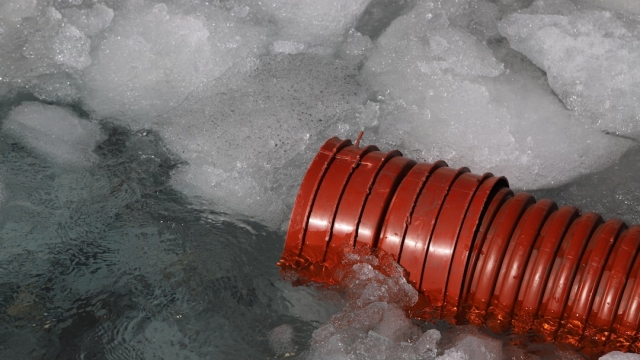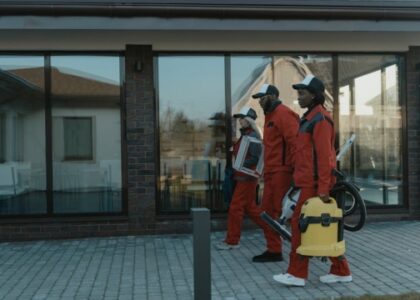Backflow prevention systems are essential components in maintaining the safety and quality of water supplies in both residential and commercial properties. These systems are designed to prevent the reverse flow of contaminated water into clean water supply lines, safeguarding public health and ensuring that drinking water remains free from pollutants. Understanding how these systems work, their importance, and how to properly install and maintain them can help property owners protect their water supply effectively.
What Are backflow prevention systems and How Do They Work?
Backflow prevention systems consist of a series of valves and devices that are strategically installed within plumbing systems. Their primary function is to ensure that water flows in one direction, preventing any backward flow that could introduce contaminants into the clean water supply. When water pressure drops, it can create a vacuum effect, allowing polluted water from sources such as irrigation systems, industrial processes, or sewage lines to flow back into potable water lines. Backflow prevention systems are engineered to detect these changes in pressure and automatically close off access to prevent contamination.
How Backflow Prevention Works
The operation of backflow prevention systems relies on several mechanisms, including:
- Check Valves: These simple devices allow water to flow in one direction and close when flow reverses, thereby blocking any potential backflow.
- Reduced Pressure Zone (RPZ) Assemblies: These more complex systems create a zone of reduced pressure, ensuring that if backflow occurs, it will remain contained within the assembly and not reach the potable water supply.
- Air Gaps: This method involves creating a physical gap between the water supply and potential contaminants, which prevents backflow by design.
Importance of Backflow Prevention for Residential and Commercial Properties
The importance of backflow prevention cannot be overstated. For residential properties, these systems protect families from exposure to harmful contaminants that can arise from sources such as lawn fertilizers, pesticides, and sewage. In commercial settings, the stakes are even higher, as contamination can affect numerous individuals and lead to significant liability issues for businesses. Additionally, maintaining compliance with local health regulations often requires the installation of effective backflow prevention systems, ensuring that property owners meet safety standards and avoid potential fines.
Installation and Maintenance Tips for Backflow Prevention Systems
Installing backflow prevention systems is a task that should be approached with care. It is often advisable to consult with a licensed plumbing professional who specializes in backflow prevention to ensure proper installation and compliance with local codes. Here are some key tips for installation and maintenance:
Installation Tips
- Consult local regulations to determine the required type of backflow prevention system for your property.
- Choose a location that is easily accessible for maintenance and testing.
- Ensure that the system is installed above ground and away from potential flooding areas to prevent damage.
Maintenance Tips
- Schedule regular testing of backflow prevention systems, typically once a year, to ensure they are functioning correctly.
- Inspect valves and seals for wear and tear, and replace any damaged components promptly.
- Keep the area around the system clear of debris and vegetation to allow for easy access during maintenance.
Finding Local Service Providers for Backflow Prevention Systems in Long Island
When it comes to ensuring the effectiveness of backflow prevention systems, enlisting the help of local professionals can provide peace of mind. In Long Island, numerous plumbing service providers specialize in the installation, testing, and maintenance of these systems. When searching for a qualified service provider, consider the following:
- Look for licensed plumbers with experience in backflow prevention.
- Seek recommendations from friends or neighbors who have had similar work done.
- Check online reviews and ratings to gauge the reputation of local service providers.
For more information about backflow prevention systems and to find reliable local service providers, you can visit Pipe Doc to connect with professionals who can assist with your needs.
In conclusion, understanding and implementing backflow prevention systems is vital for protecting the quality of water supplies in both residential and commercial properties. By ensuring proper installation and maintenance, property owners can safeguard public health and comply with local regulations effectively.







